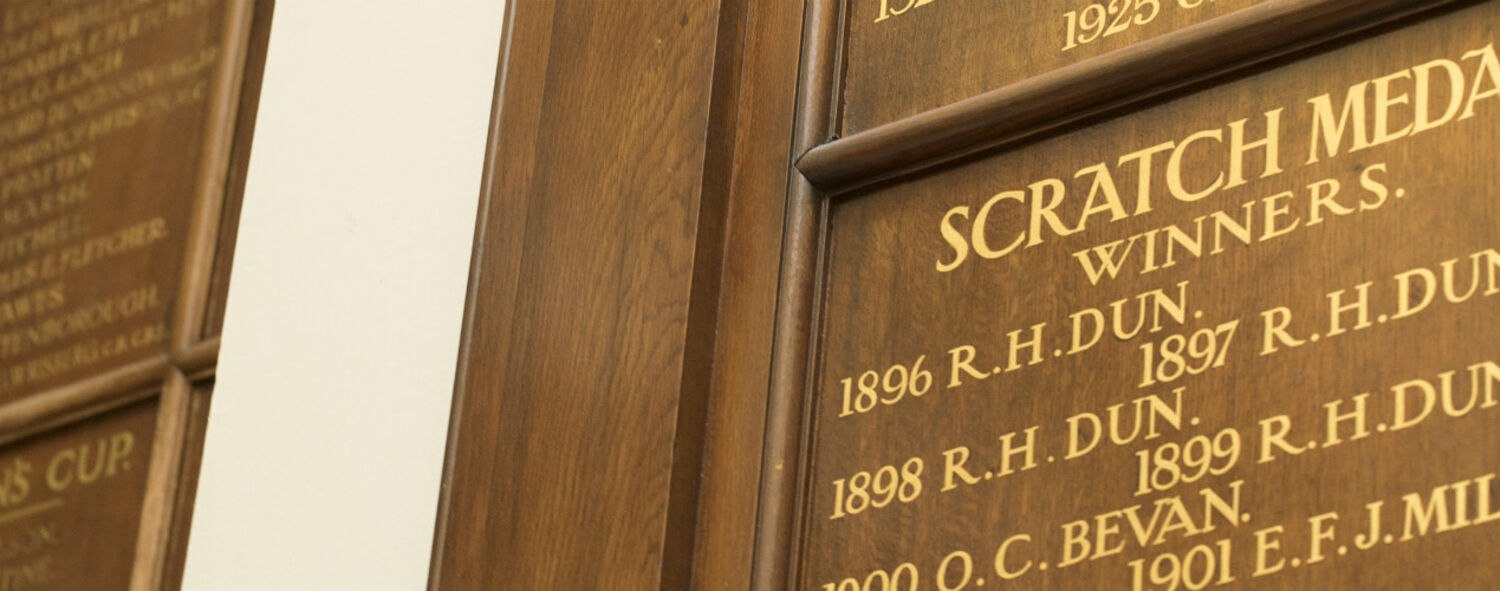
Eugenie: Life after Death
When Eugénie heard that her son had been killed, she collapsed into a chair and sat staring into space. She is said not to have left the house for thirty-two days. At night she sat in a darkened room and only accepted a little food.
The Prince's body reached England on 11th July and lay in state at Camden Place until the next day.
The funeral was attended by the British royal family, the Prince of Wales and the Duke of Cambridge acting as pall bearers and Queen Victoria watching from her carriage. Only 200 could be squashed into St Mary’s (where an effigy of the Prince Imperial can be seen to this day): one thousand four hundred policemen were on duty at the funeral and the crowd attending outside was estimated to have numbered some forty thousand people.
As a result of the death of first her husband and then her son, Eugénie was a broken woman. She disliked the gloomy winters of Kent and Camden Place was full of memories of the men she had loved and lost. Her mother wanted her to return to Spain but she refused to leave England.
Eugénie made a pilgrimage to Zululand to see where her son had died. Plans to have a memorial erected to the Prince in Westminster Abbey were blocked by English radicals and protests from the French government and a resolution against the proposal was carried in the House of Commons by 15 votes.
When a local Chislehurst landowner refused to sell her land for a vast mausoleum she had planned in the Prince’s memory, Eugénie made up her mind to leave Chislehurst.
She moved to Farnborough Hill, then a quiet country lane, and bought land and a lake to the north of the road where the mausoleum was eventually constructed. The mausoleum was designed by M. Destailleur, who built Waddesdon Manor in Aylesbury for the Rothschilds.
Eugénie divided the latter years of her life between Farnborough, her villa at Cap Martin in the south of France and her yacht, Thistle, which she lent to the British War Office during WW1.
She died in Madrid on 11th July 1920 at the age of 94.








